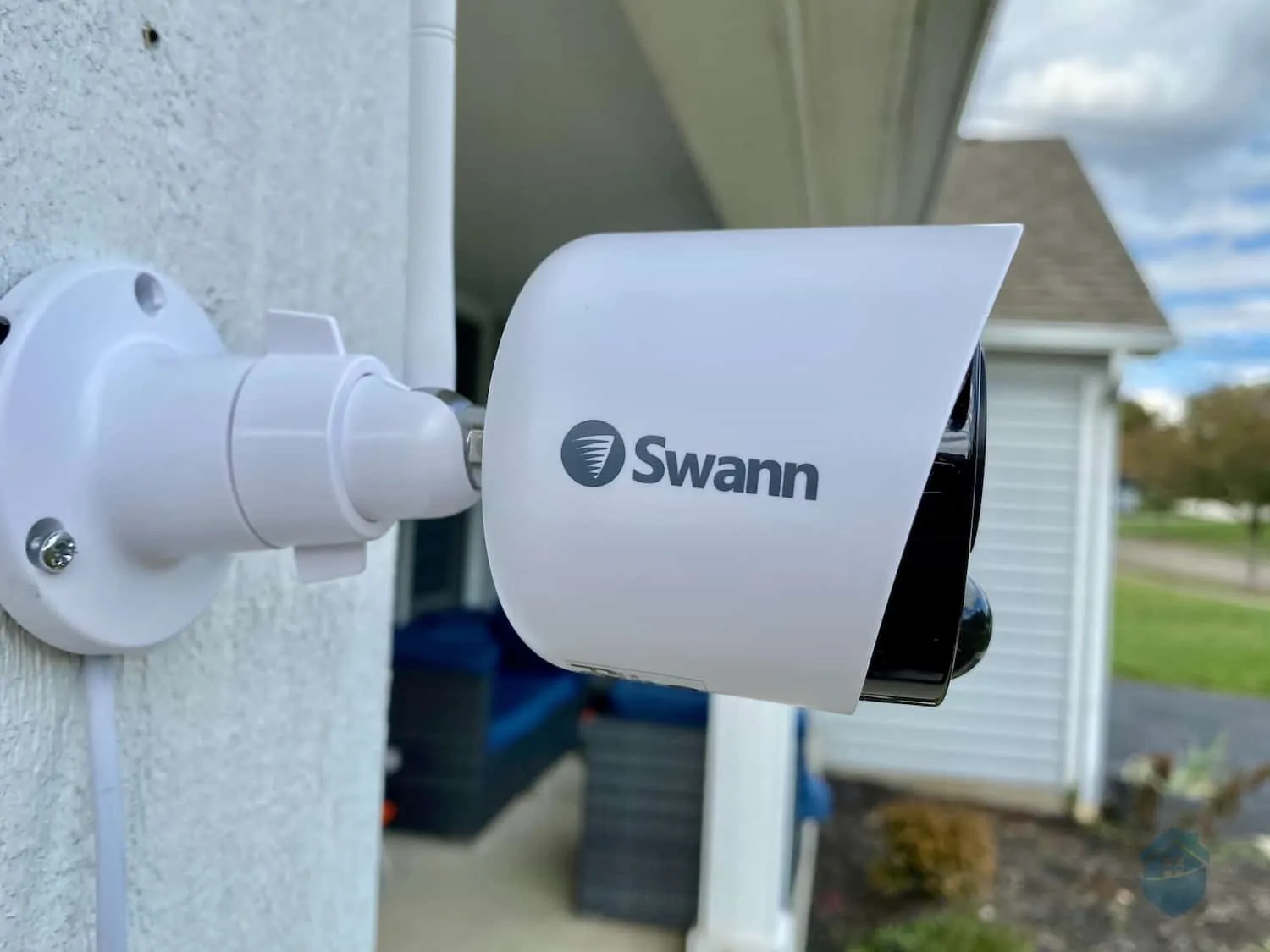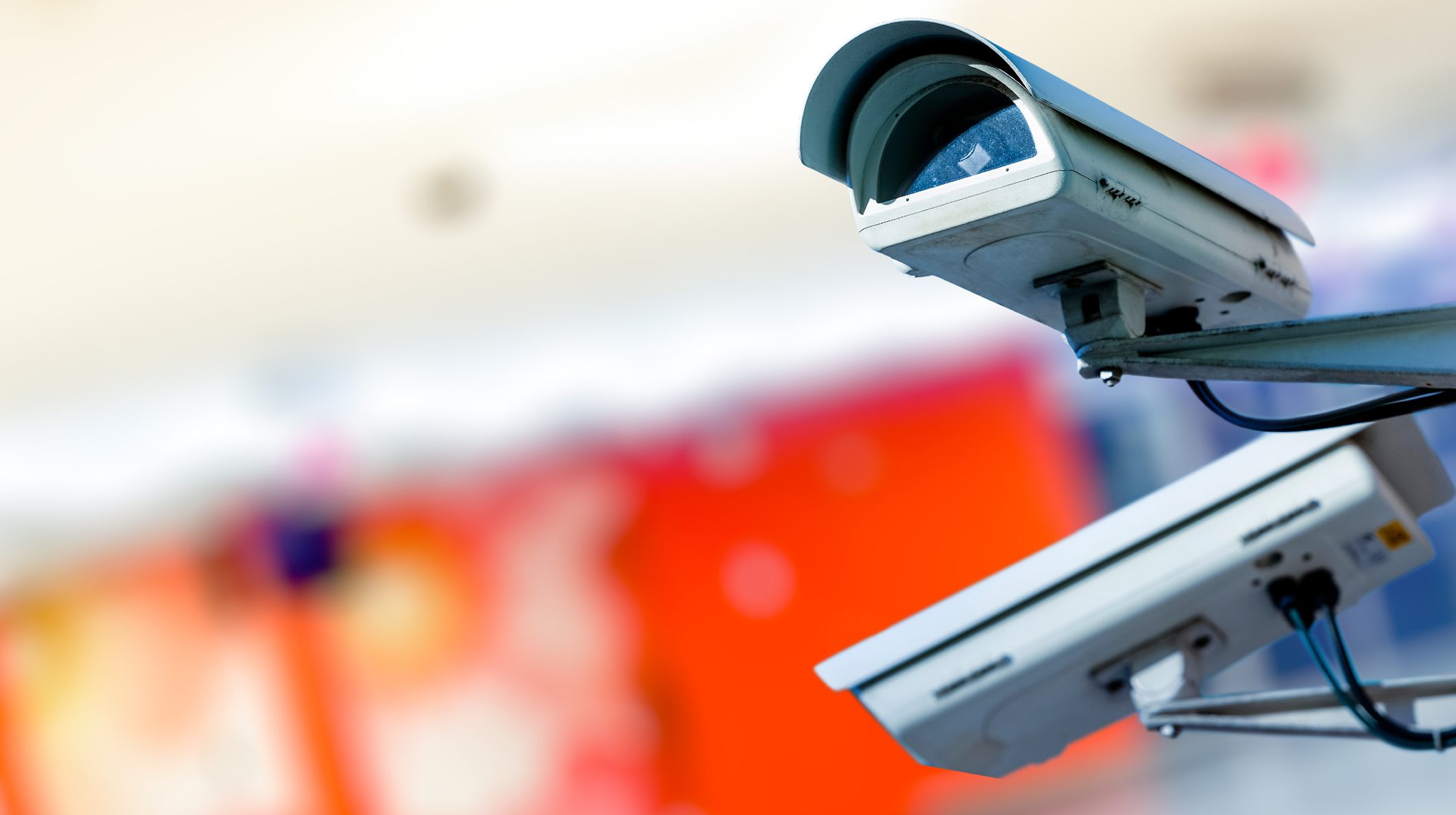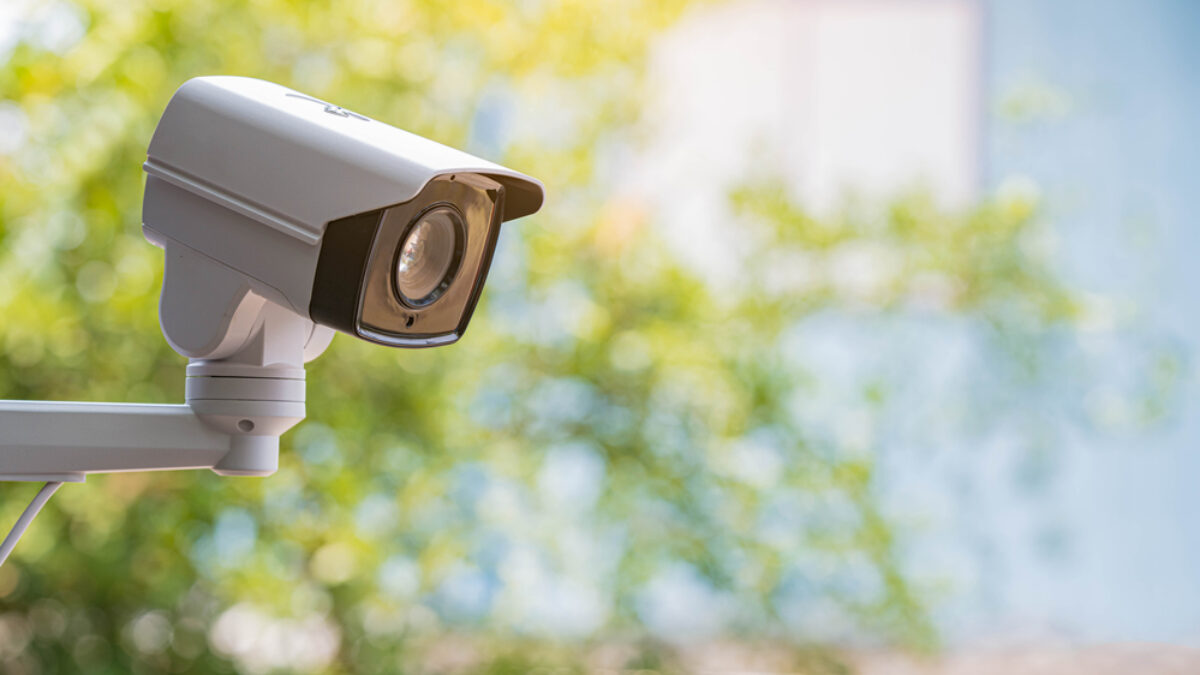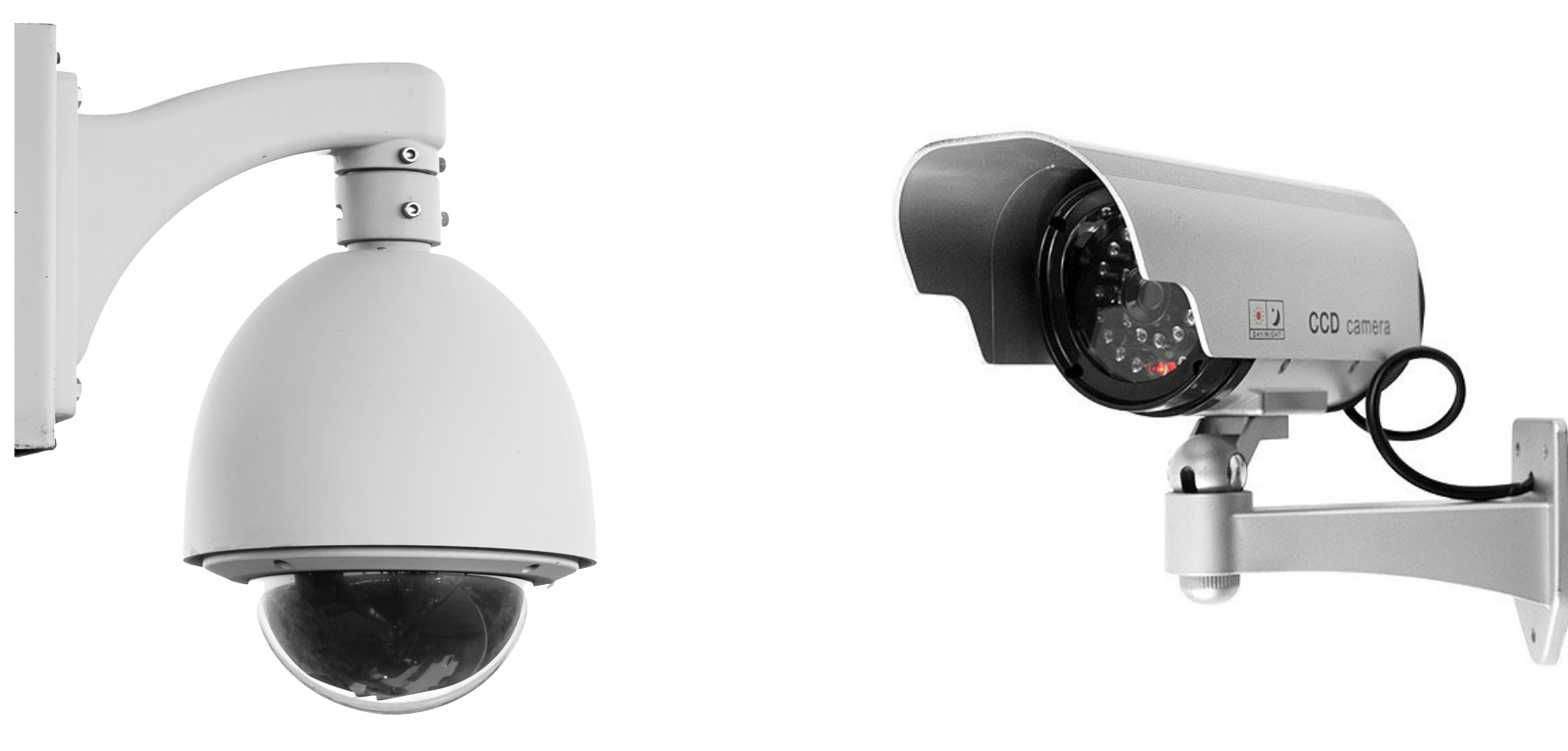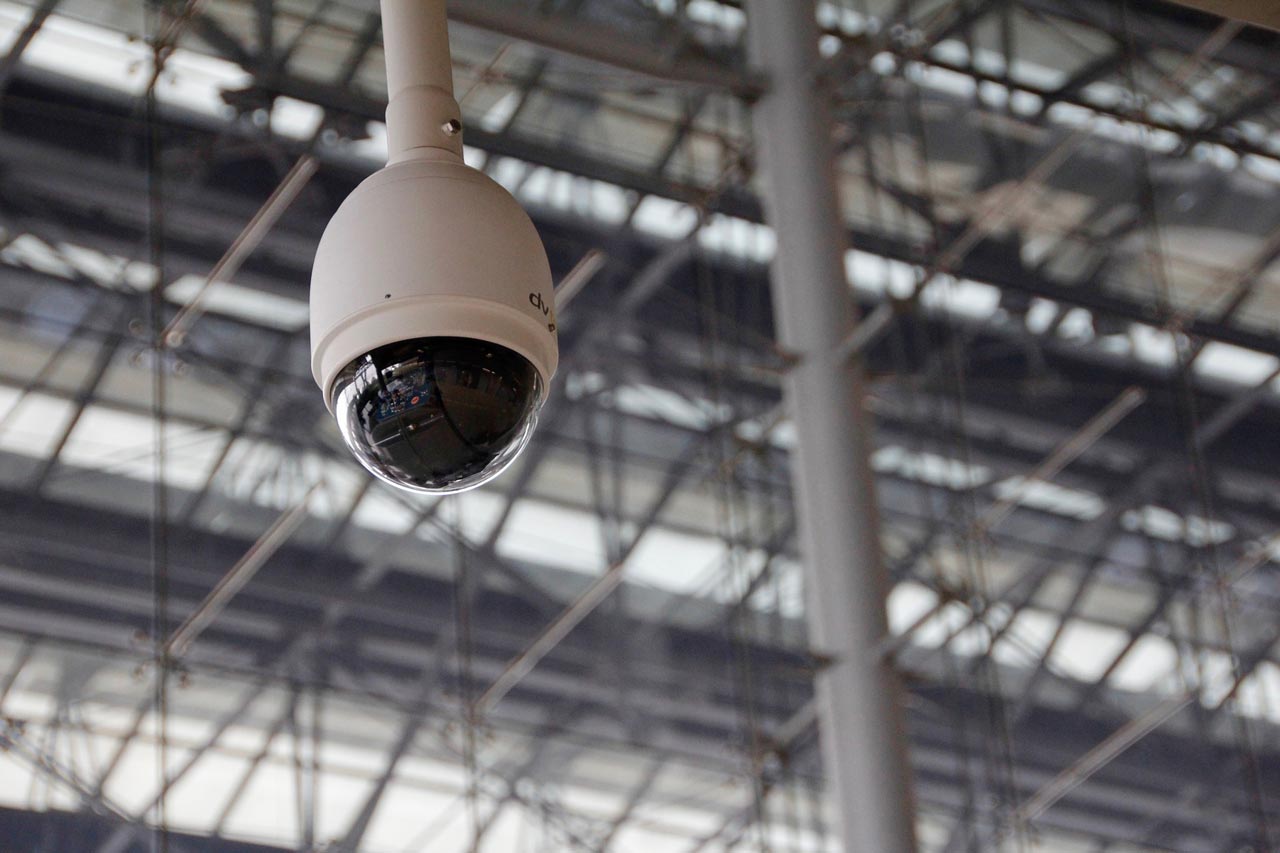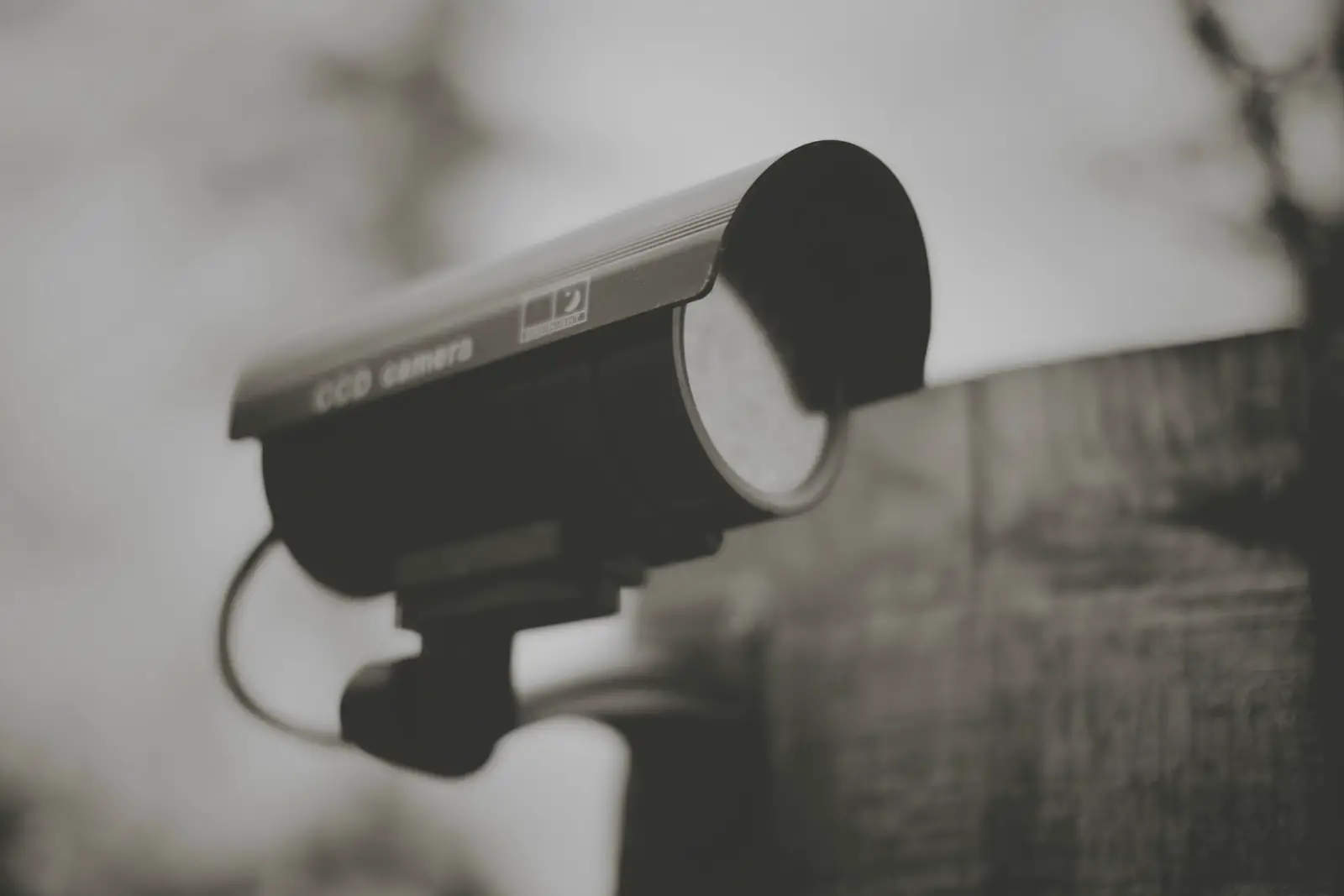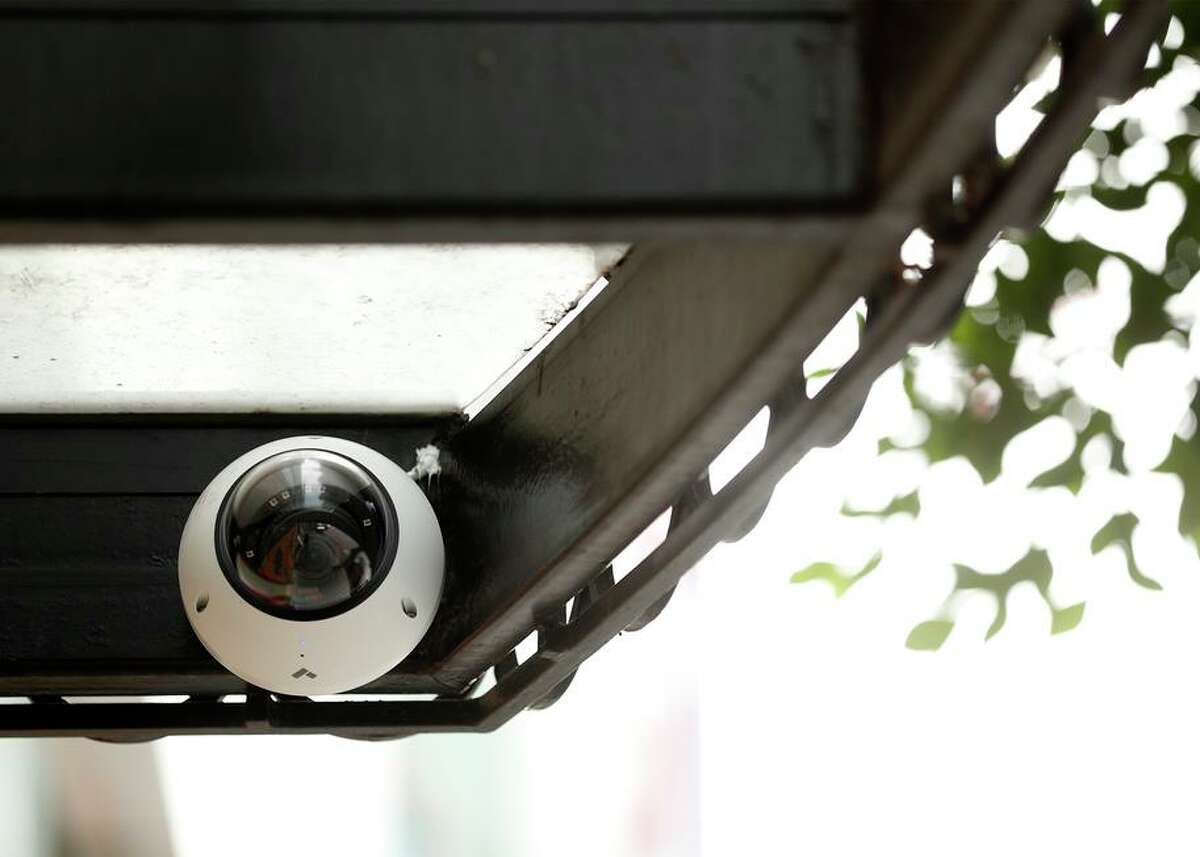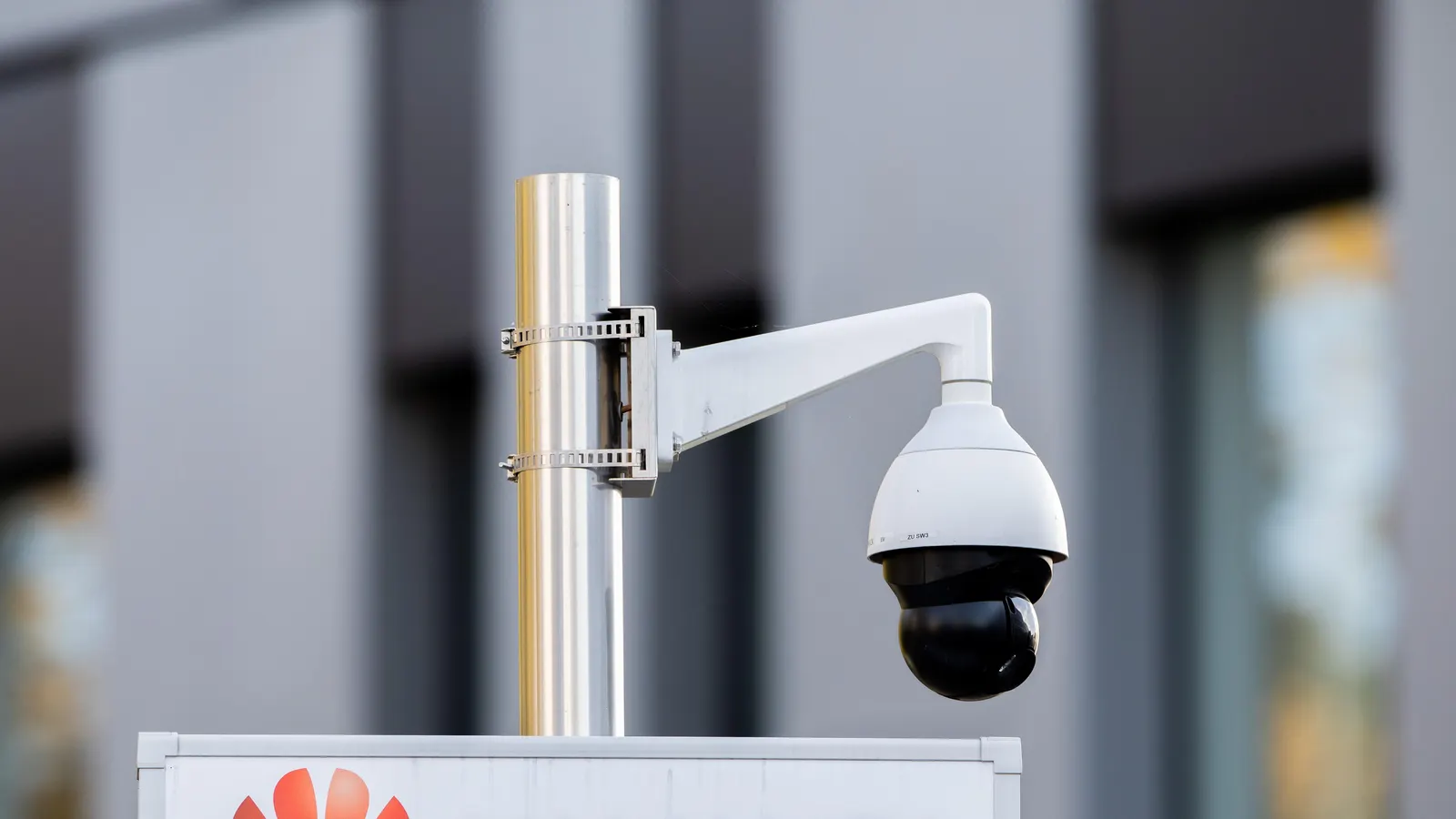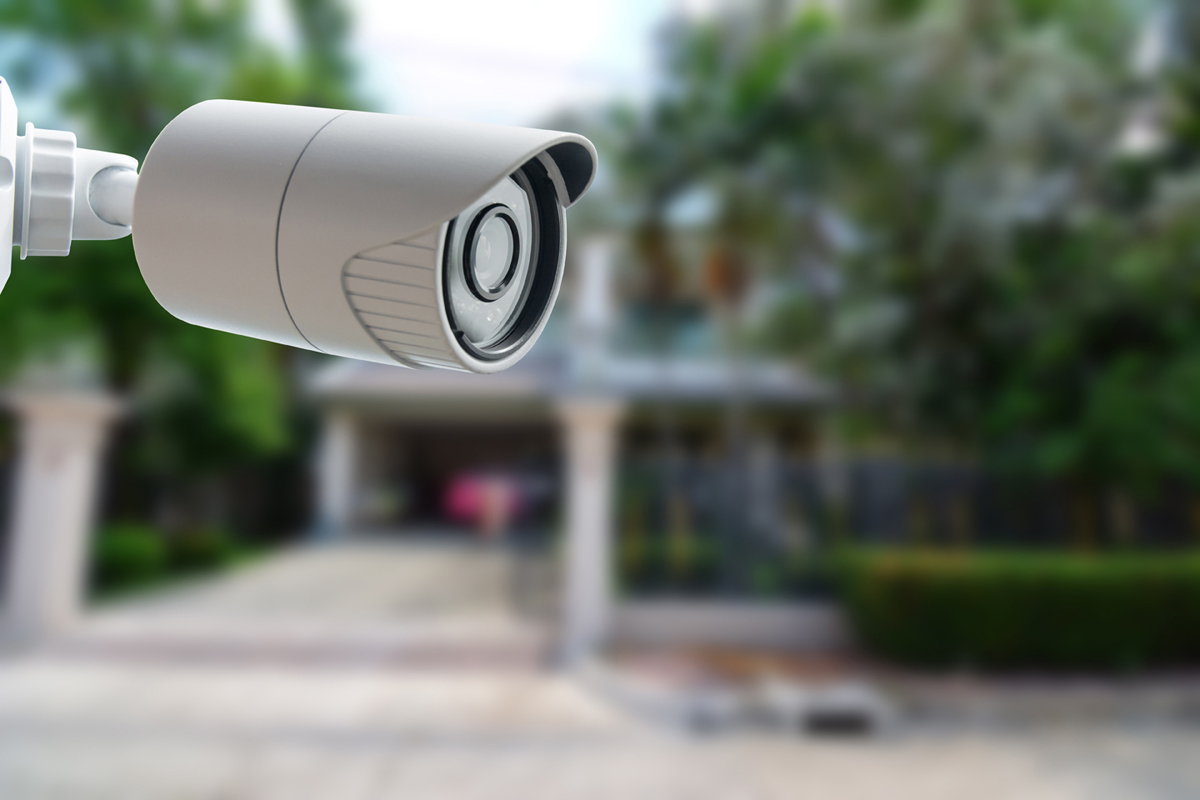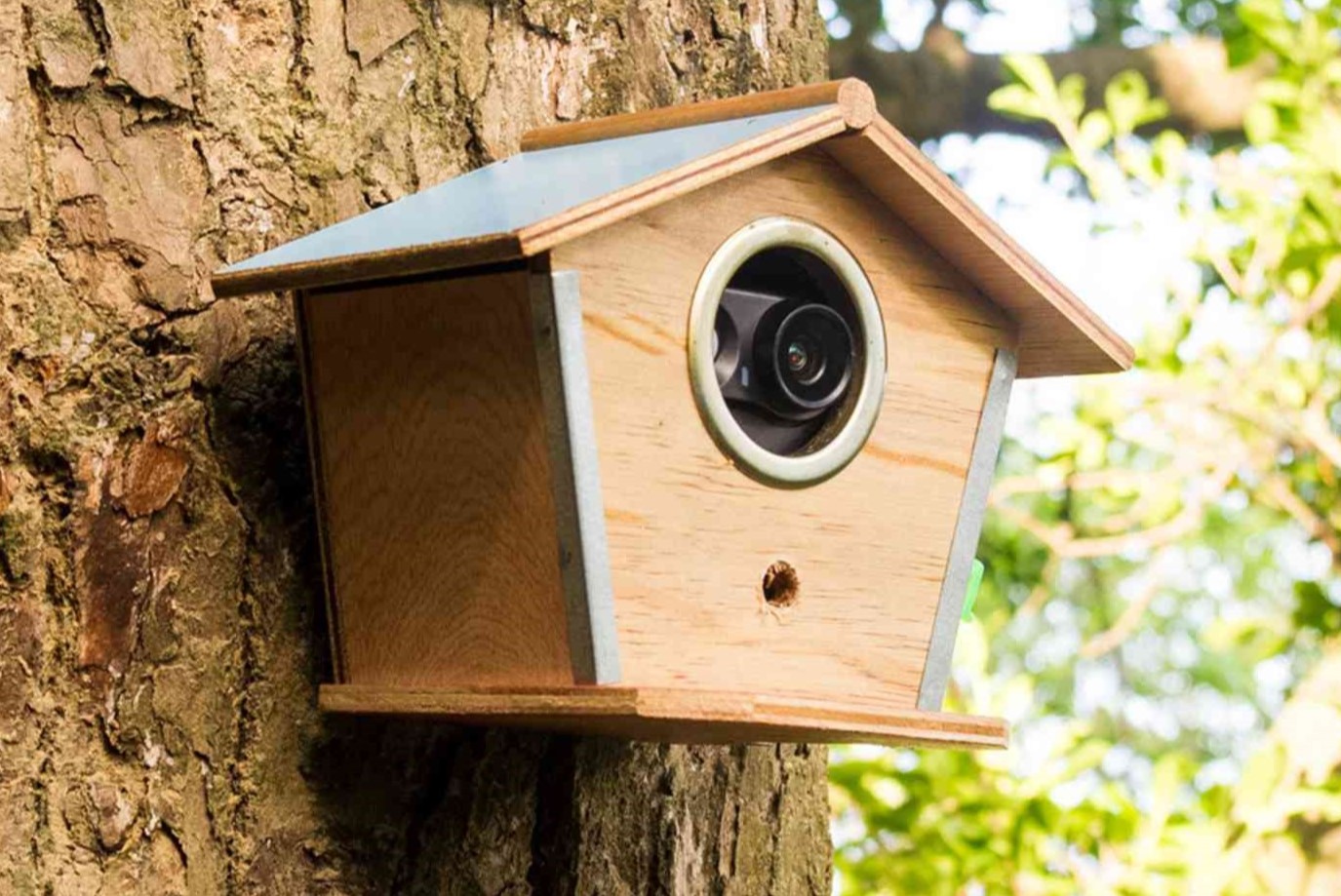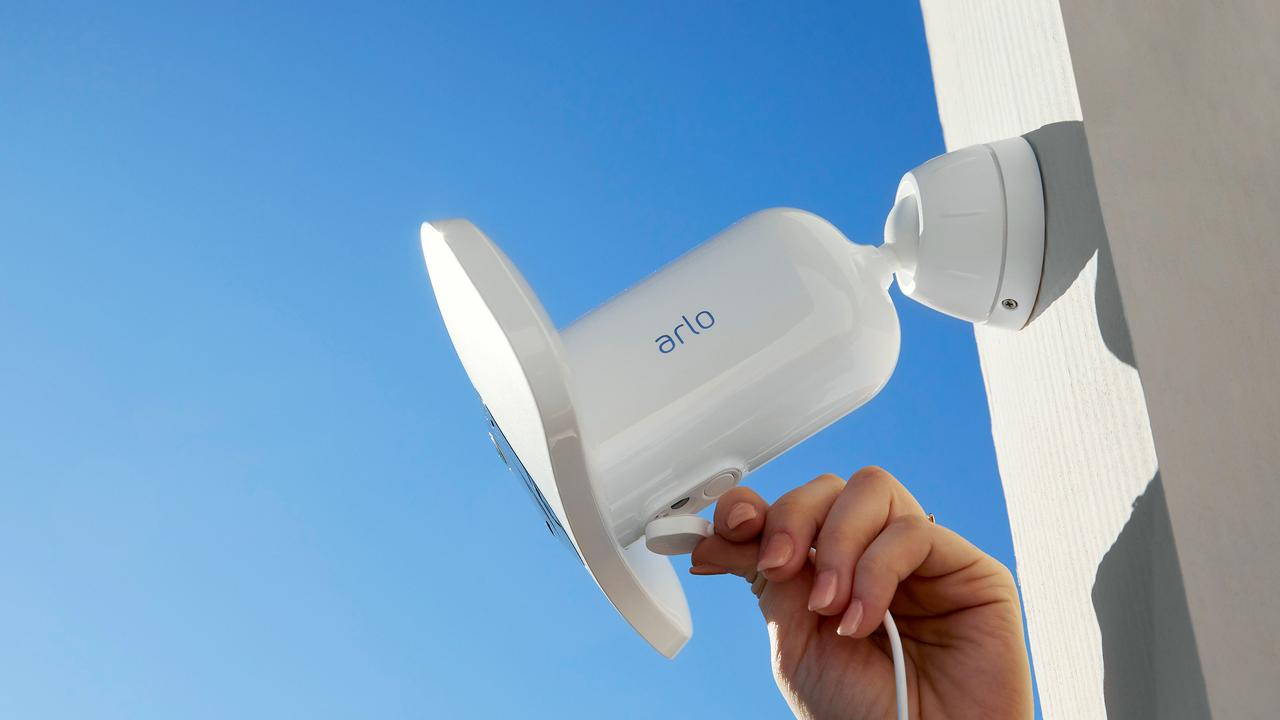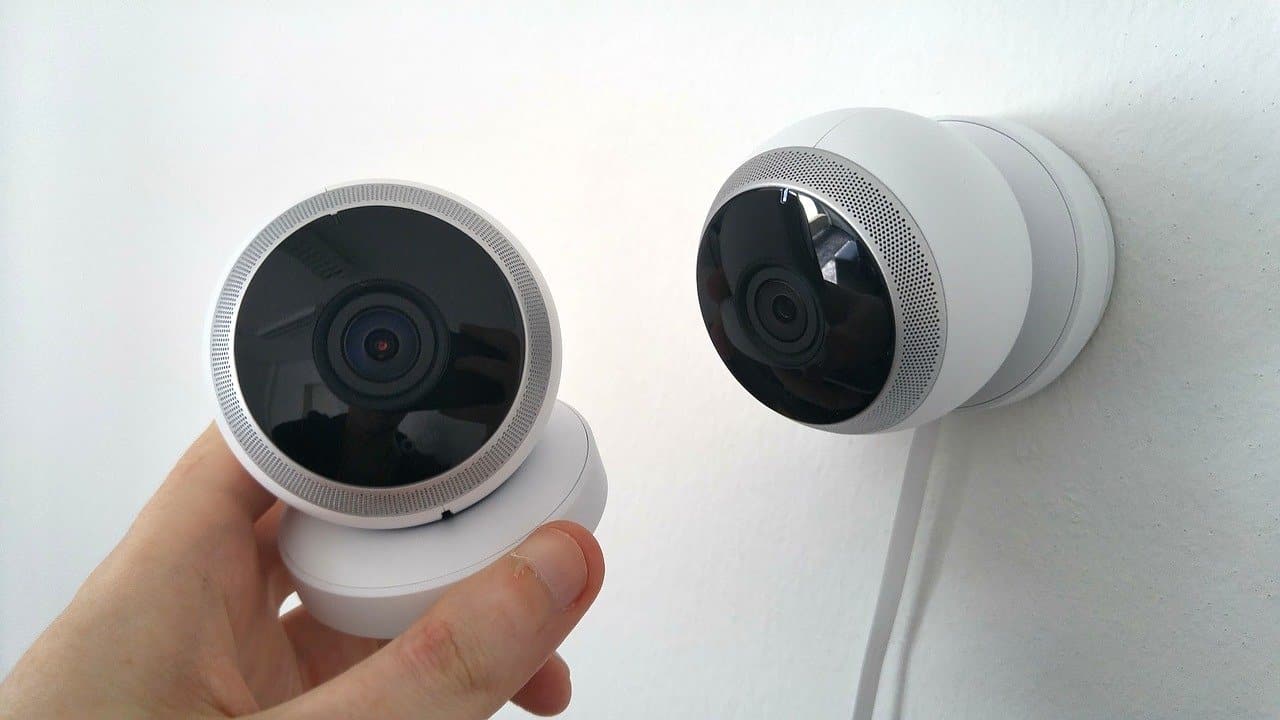Home>Home Security and Surveillance>How To Avoid Security Cameras
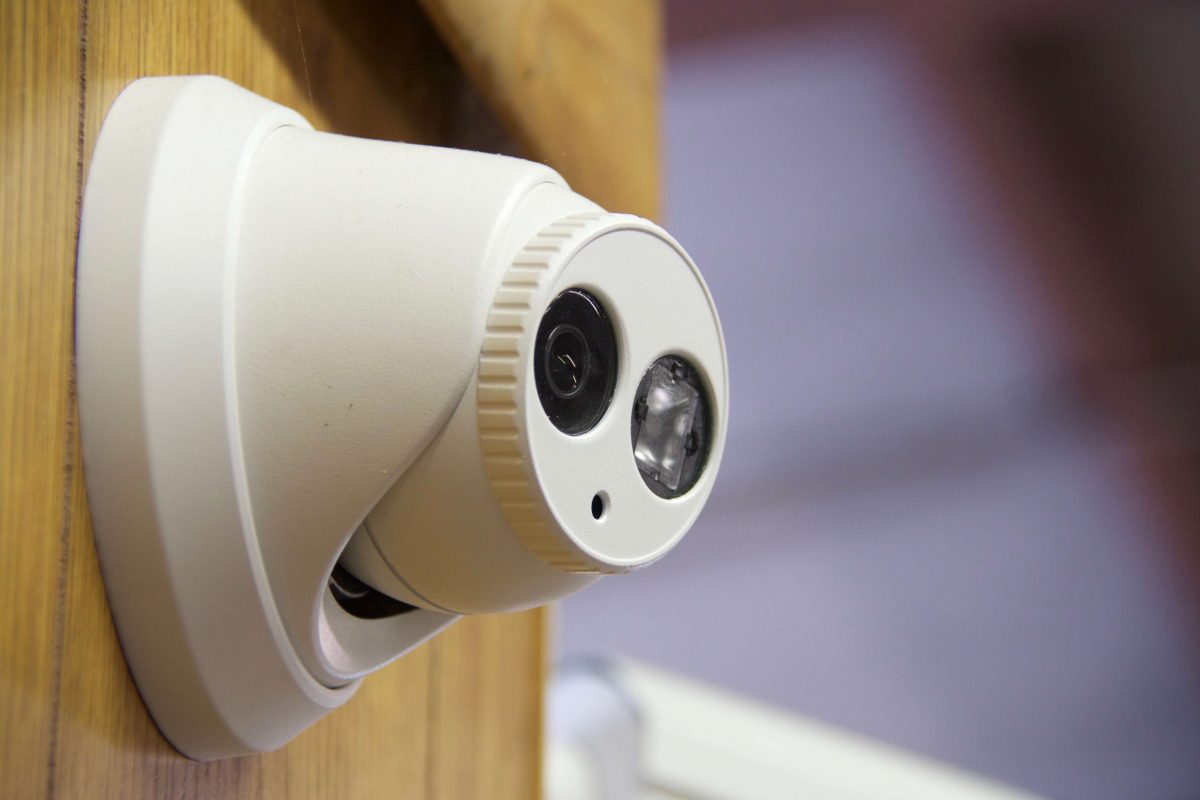

Home Security and Surveillance
How To Avoid Security Cameras
Modified: March 6, 2024
Learn how to avoid home security and surveillance cameras with these expert tips. Protect your privacy and maintain peace of mind.
(Many of the links in this article redirect to a specific reviewed product. Your purchase of these products through affiliate links helps to generate commission for Storables.com, at no extra cost. Learn more)
Introduction
Welcome to our comprehensive guide on how to avoid security cameras. In today’s modern world, surveillance cameras have become a common sight in many public and private spaces. While their purpose is to enhance security and deter criminal activity, there may be instances where individuals prefer to remain anonymous or maintain their privacy. Whether you’re concerned about your personal privacy or simply want to explore the possibilities, this article will provide you with valuable tips and techniques on how to avoid detection by security cameras.
It’s important to note that we do not condone or promote any illegal activities. The information provided here is meant for educational purposes only and should be used responsibly and legally.
Before we dive into the strategies for evading security cameras, it’s essential to understand how they work and what they are capable of. Most surveillance cameras are equipped with motion sensors, enabling them to detect movement and activate recording. They are typically positioned strategically to cover a wide area, such as entrances, parking lots, hallways, and other high-traffic locations. Many security cameras also have night vision capability, allowing them to capture clear images even in low-light conditions.
While security cameras can vary in their range and quality, it’s essential to approach each situation with caution and assume that you may be recorded. With this mindset, let’s explore some methods that can potentially help you avoid being caught on camera.
Key Takeaways:
- Be mindful of security camera placement, range, and technology to identify blind spots and minimize your visibility. Use natural barriers, disguises, and strategic lighting to avoid detection responsibly and legally.
- Understand surveillance areas, blend in with your surroundings, and employ stealth techniques to navigate spaces with caution and respect for privacy. Prioritize legal and ethical considerations while protecting your personal privacy.
Read more: How To Waterproof A Security Camera
Understanding Security Cameras
Before attempting to avoid security cameras, it’s crucial to have a clear understanding of how they work and what they are capable of. Security cameras come in various types and models, but they typically operate using similar principles. By familiarizing yourself with their features and limitations, you’ll be better equipped to devise effective strategies for avoiding detection.
1. Field of view: Every surveillance camera has a specific field of view, which determines the area it can capture. It’s essential to assess the camera’s angle and range to determine if it covers the area you want to avoid. By understanding the camera’s field of view, you can identify potential blind spots or areas where you are less likely to be seen.
2. Range: Some cameras have a limited range, while others can monitor large distances. The range of a camera can impact your ability to avoid detection. Assess the camera’s capabilities to determine if you can stay outside its range or find areas that are out of its reach.
3. Placement: Security cameras are strategically placed to maximize coverage. Common locations include entrances, hallways, parking lots, and generally high-traffic areas. Analyzing the placement of cameras can help you identify areas with less surveillance or find ways to avoid their line of sight.
4. Technology: Security cameras are equipped with various advanced technologies to optimize surveillance. This can include night vision capabilities, motion sensors, and even facial recognition software. Understanding the technology employed by the cameras can guide you in devising techniques to counter or evade their features.
It’s important to note that while understanding security cameras can be helpful, it’s impossible to guarantee complete avoidance. The goal is to minimize your presence and reduce the chances of being recognized on camera.
Evaluating Surveillance Areas
When trying to avoid security cameras, one of the first steps is to evaluate the surveillance areas you encounter. By carefully assessing the environment, you can identify potential blind spots, areas with limited coverage, and opportunities to navigate undetected. Here are some strategies to consider:
1. Observation: Spend time observing the surveillance area to understand the camera placement, their field of view, and any patterns in movement or activity. Take note of the angles at which the cameras are positioned and whether they are stationary or have the ability to pan, tilt, or zoom.
2. Traffic flow: Determine the patterns of people or vehicles moving in the area. Try to identify areas with higher foot traffic or areas where people may be less likely to pay attention to the cameras. By blending in with the flow of activity, you can reduce the chances of attracting unwanted attention.
3. Natural barriers: Look for natural barriers such as trees, shrubs, or structures that can obstruct the camera’s line of sight. These physical obstacles can create convenient hiding spots or shield you from being directly recorded by the cameras.
4. Remote areas: Seek out less-traveled areas within the surveillance zone, as they may have fewer cameras or reduced monitoring. Be cautious in these areas as they may also have less visibility and potentially increased risks.
5. Heightened surveillance zones: Some areas may have enhanced security measures due to their sensitivity or importance. These zones may have more advanced or multiple surveillance cameras. Take extra precautions and consider alternative routes or methods to avoid detection in these areas.
Remember, evaluating surveillance areas is an ongoing process as camera setups may change over time. Stay observant and adapt your strategies accordingly to maximize your chances of avoiding detection.
Identifying Blind Spots
When trying to avoid security cameras, identifying blind spots is a key tactic. These are areas that are not within the camera’s direct line of sight, providing you with an opportunity to move undetected. Here are some methods to help you identify blind spots:
1. Camera tilt and angle: Assess the cameras’ tilt and angle to determine if there are any areas below or above its range. Cameras that are pointed downward may have blind spots near the ground, while cameras pointing straight ahead may have blind spots above them.
2. Overlapping coverage: Some surveillance systems use multiple cameras to cover the same area. Look for overlapping camera coverage, as these areas may have blind spots in between the cameras’ fields of view.
3. Obstacles: Identify physical obstacles such as walls, pillars, or large objects that can block the camera’s line of sight. Utilizing these obstacles effectively can create blind spots where you can move undetected.
4. Camera limitations: Understand the limitations of the cameras in place. Some cameras may have narrow fields of view or limited range, leaving certain areas unmonitored. These unmapped areas can serve as blind spots for avoiding surveillance.
5. Reflections and glare: Take note of reflective surfaces such as windows or shiny materials. Positioning yourself in a way that the camera lens reflects light or shines glare can obscure your presence and create a blind spot.
Identifying blind spots requires careful observation and analysis of the surveillance area. Keep in mind that blind spots can vary depending on the specific camera models and their placement. It’s important to remain vigilant and adapt your movements accordingly to minimize the risk of being detected.
Using Obstructions and Disguises
When it comes to evading security cameras, using obstructions and disguises can be effective techniques. By strategically placing objects or disguising yourself, you can create a visual barrier that prevents cameras from capturing your identity. Here are some methods to consider:
1. Physical obstructions: Identify objects within the surveillance area that can obstruct the camera’s view. This can include large plants, umbrellas, or even trash cans. Positioning yourself behind these obstructions can provide you with temporary cover and reduce the chances of being recorded.
2. Clothing and accessories: Wearing clothes that blend in with the environment or cover your distinguishing features can help minimize the chances of being recognized on camera. Opt for neutral colors and avoid wearing clothing with unique patterns or logos that can draw attention.
3. Masks and sunglasses: If disguising your face is a priority, consider wearing a mask or sunglasses. Keep in mind the legality and appropriateness of wearing masks in public spaces, as there may be regulations in place that restrict their use.
4. Change appearance: Altering your appearance, such as wearing a hat or changing hairstyles, can make it more difficult for cameras to recognize you. However, be aware that drastic changes in appearance may draw suspicion in certain settings.
5. Blurring or pixelation: If you are concerned about being captured on camera, software or apps that can blur or pixelate your image may be available. However, keep in mind that intentionally tampering with surveillance footage may be a violation of the law.
Using obstructions and disguises can provide temporary cover, but it’s important to remember that some security cameras are equipped with advanced features like facial recognition software. While these techniques may help reduce the chances of being identified, they may not guarantee complete anonymity. Additionally, be mindful of the legal and ethical considerations surrounding the use of obstructions and disguises, respecting the rights of property owners and adhering to local laws.
Be aware of your surroundings and look for blind spots where security cameras may not have coverage. Additionally, wear hats, sunglasses, or other accessories that can partially obscure your face from the camera’s view.
Read more: How To Choose Security Cameras
Manipulating Lighting Conditions
Manipulating lighting conditions can be an effective method for avoiding detection by security cameras. By strategically adjusting the amount and direction of light, you can obscure your presence and make it difficult for cameras to capture clear images. Here are some techniques to consider:
1. Natural light: Take advantage of natural lighting to your advantage. Position yourself in areas where the lighting is uneven or where shadows are cast, making it harder for cameras to capture your face or features. Avoid areas with direct sunlight, as this can enhance visibility and make it easier for cameras to capture clear images.
2. Artificial light sources: Manipulate the lighting environment by introducing artificial light sources. This can include using flashlights, laser pointers, or other portable light-emitting devices. By directing light away from your face or creating glare, you can obscure your identity and make it challenging for cameras to capture discernible details.
3. Infrared light: Infrared light is outside of the visible spectrum for humans but can be detected by security cameras equipped with infrared sensors. To counter this, you can use infrared light sources, such as a strong infrared flashlight. This will flood the area with infrared light, potentially overwhelming the camera’s sensors and rendering your appearance less discernible.
4. Strategic positioning: Position yourself in areas where the lighting conditions are less favorable for capturing detailed images. Avoid well-lit areas and instead seek out darker, shadowy spots where the contrast between light and dark can obscure your presence.
5. Light-reflecting objects: Utilize reflective objects or surfaces to redirect or scatter light. This can make it harder for cameras to capture your image clearly. For example, holding a reflective object in front of your face can create a glare that obscures your features.
Remember, manipulating lighting conditions can be a delicate and situational technique. It requires careful assessment of the surroundings and an understanding of how light interacts with the camera’s sensors. It’s also important to respect the rights of property owners and comply with any regulations regarding the use of lighting devices in public spaces.
Utilizing Stealth Techniques
When it comes to evading security cameras, employing stealth techniques can greatly increase your chances of going undetected. These techniques focus on minimizing your visibility and movements to avoid catching the attention of surveillance systems. Here are some strategies to consider:
1. Slow and deliberate movements: Move slowly and deliberately, minimizing sudden or erratic motions that could draw attention. By maintaining a calm and purposeful demeanor, you are less likely to trigger the camera’s motion detection or raise suspicion.
2. Blend into the surroundings: Dress in a way that allows you to blend in with the environment, such as wearing neutral colors or clothing that matches the surroundings. Avoid wearing flashy or attention-grabbing outfits that may make you stand out to both human observers and security cameras.
3. Maintain a low profile: Keep a low profile by avoiding unnecessary eye contact with cameras or security personnel. Try to walk naturally, keeping your head slightly down and your hands out of your pockets to convey a relaxed and inconspicuous appearance.
4. Timing your movements: Pay attention to the patterns of camera surveillance and try to time your movements accordingly. Wait for moments when cameras may be temporarily deactivated or have reduced coverage, such as during shift changes or maintenance activities.
5. Alternative routes: Explore alternative routes or paths that may have fewer cameras or less monitoring. In some cases, taking a longer but less surveilled route may be worth the effort to stay under the radar.
6. Avoid triggering alarms: Be aware of potential alarm triggers or sensors, such as laser beams or pressure pads, which can lead to increased surveillance or even immediate alerts. Take extra caution to avoid these triggers to maintain a low profile.
Remember, stealth techniques require careful observation of the security environment and adaptability to the specific situation. It’s important to balance your efforts to remain undetected with respecting the rights of others and complying with any legal and ethical considerations.
Disabling or Jamming Cameras
While we encourage responsible and legal behavior, it’s important to mention that disabling or jamming security cameras is illegal in most jurisdictions. Interfering with surveillance systems can lead to serious legal consequences. Therefore, we strongly advise against engaging in any activities that may disrupt or disable cameras.
However, it’s worth noting that there are legal alternatives for dealing with unwanted surveillance. Here are some approaches to consider:
1. Legitimate concerns: If you have legitimate concerns about the placement or operation of security cameras, it’s best to address these with the appropriate authorities or property owners. There may be legal avenues available to express your concerns or request adjustments to the surveillance system.
2. Visibility reduction: While not disabling the cameras, you can employ strategies to reduce your visibility or make it harder for cameras to capture useful footage. This can include wearing hats, sunglasses, or scarves to obscure your face, or adjusting your posture to minimize the visibility of distinguishing features.
3. Legal counter-surveillance devices: Some legal counter-surveillance devices are available on the market that can help protect your privacy. These include camera detectors, which can identify the presence of hidden cameras, and camera blockers, which emit light patterns that disrupt the camera’s ability to capture clear images.
4. Privacy curtains or blinds: If you have concerns about surveillance within your personal space, such as your home or office, installing privacy curtains or blinds can provide you with control over your level of visibility from outside. This can help protect your privacy without resorting to illegal activities.
Remember, it’s essential to approach these alternatives responsibly and within the boundaries of the law. Engaging in illegal activities not only exposes you to legal consequences but also undermines the goal of maintaining a safe and secure environment for everyone.
Counter-Surveillance Measures
Counter-surveillance measures are techniques and practices used to detect and mitigate the presence of surveillance systems. These measures can help you maintain your privacy and security. Here are some strategies to consider:
1. Sweep for hidden cameras: Conduct regular sweeps of your personal space using a camera detector or smartphone app to identify any hidden cameras. These devices can detect radio frequencies or lens reflections, indicating the presence of concealed surveillance devices.
2. Use secure communication methods: When discussing sensitive or private information, use encrypted messaging apps or secure phone calls to ensure your conversations cannot be intercepted or recorded by surveillance systems.
3. Practice situational awareness: Stay alert and be aware of your surroundings. Watch for signs of potential surveillance, such as unusual behaviors, people loitering in the area, or unfamiliar vehicles parked nearby. Report any suspicious activity to the appropriate authorities.
4. Secure your digital footprint: Be mindful of the information you share online and on social media platforms. Routinely review your privacy settings to ensure you’re limiting access to your personal information. Avoid posting details about your location or activities that can potentially be used against you.
5. Encrypt your devices: Encrypt your devices, such as your smartphone, laptop, and external storage drives. Encryption protects your data in case your devices are lost, stolen, or confiscated. It adds an extra layer of security, making it harder for unauthorized individuals to access your personal information.
6. Distract surveillance: Create distractions to divert the attention of surveillance cameras. This can be done by using reflective materials, such as mirrors or strong lights, to temporarily blind or disrupt the cameras’ field of view.
It’s important to recognize that no counter-surveillance measure is foolproof. The presence of sophisticated surveillance systems can make it challenging to completely evade detection. Understand the limitations of your efforts and their legality. Always prioritize your personal safety and adhere to local laws and regulations.
Read more: How To Hack Into Security Cameras
Conclusion
Security cameras have become a ubiquitous presence in our modern world, aimed at enhancing safety and deterring criminal activity. However, there may be instances where individuals desire privacy or prefer to remain anonymous. While we encourage responsible behavior and adherence to the law, it’s natural to want to explore methods for avoiding detection by security cameras.
In this guide, we have covered various strategies for evading security cameras while ensuring the safety and security of yourself and others. It’s important to note that the effectiveness of these techniques may vary depending on the specific circumstances and capabilities of the surveillance systems in place.
Understanding how security cameras work, evaluating surveillance areas, and identifying blind spots are foundational steps in avoiding detection. Utilizing obstructions and disguises can help minimize your visibility, while manipulating lighting conditions can create obstacles for capturing clear images.
Stealth techniques, such as maintaining a low profile and timing your movements, can help you blend into the environment and reduce the chances of attracting attention. We emphasize the importance of staying within the boundaries of the law and respecting the rights of property owners.
While disabling or jamming cameras is highly discouraged and illegal, there are legal alternatives to address concerns about surveillance. These include seeking assistance from authorities or property owners, using counter-surveillance devices, and ensuring the security of your personal space.
Counter-surveillance measures, such as regular sweeps for hidden cameras and securing your digital footprint, can further protect your privacy and security. Practicing situational awareness and distracting surveillance can also aid in minimizing your visibility.
Ultimately, maintaining your privacy in the face of security cameras requires a careful balance of awareness, adaptability, and adhering to legal and ethical guidelines. By being informed and mindful of your surroundings, you can navigate spaces with greater confidence and make informed decisions regarding your personal privacy.
Please remember that this guide is meant for educational purposes only and should be used responsibly and legally. It’s crucial to respect the rights of others and prioritize the safety and well-being of all individuals.
Frequently Asked Questions about How To Avoid Security Cameras
Was this page helpful?
At Storables.com, we guarantee accurate and reliable information. Our content, validated by Expert Board Contributors, is crafted following stringent Editorial Policies. We're committed to providing you with well-researched, expert-backed insights for all your informational needs.
